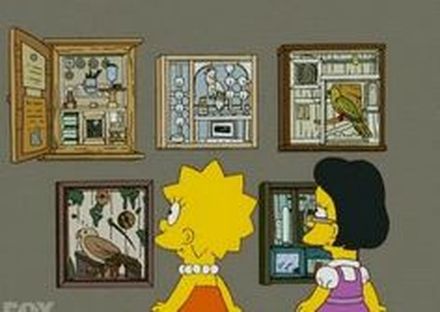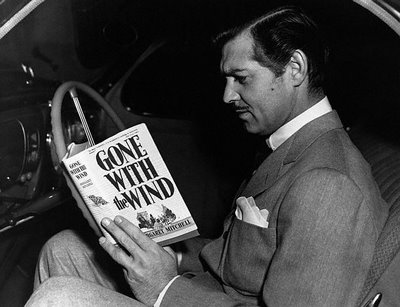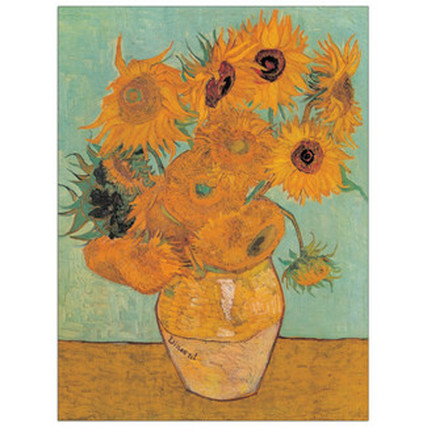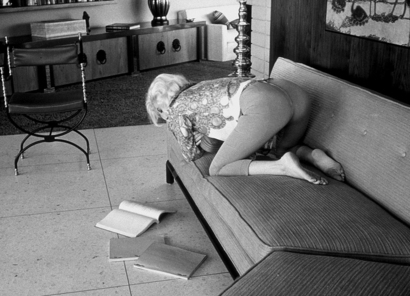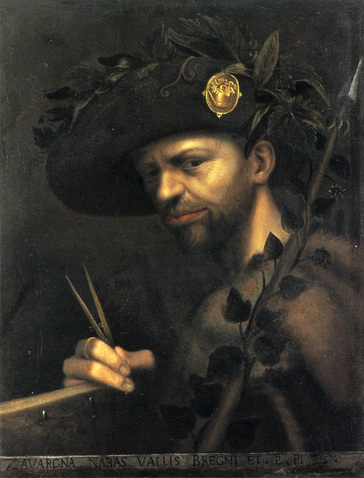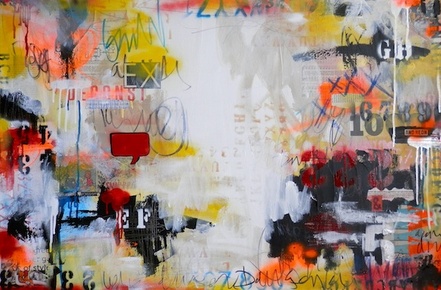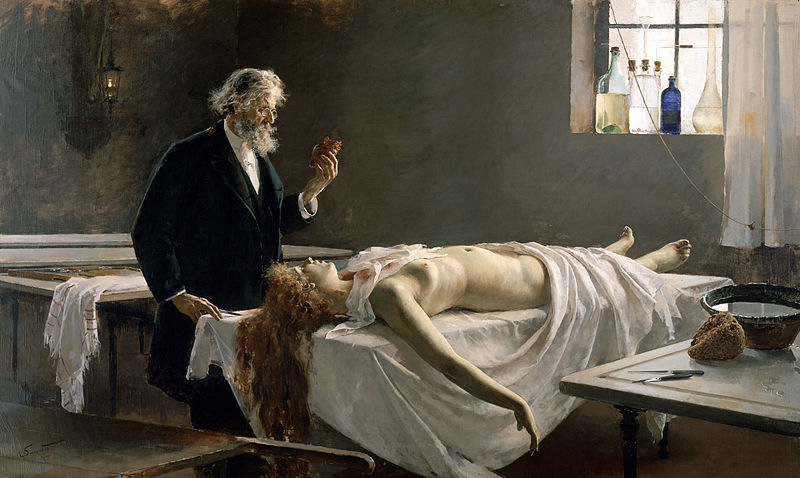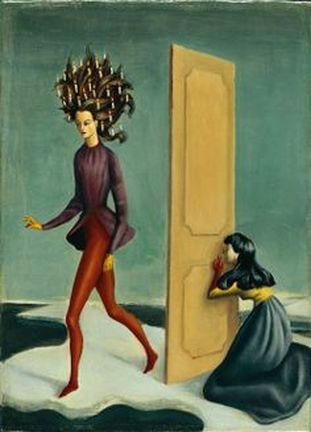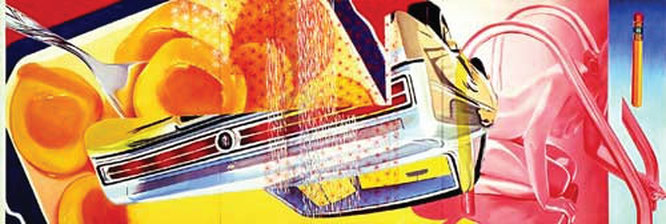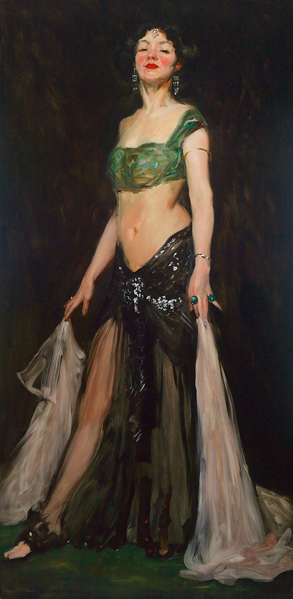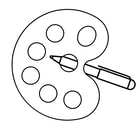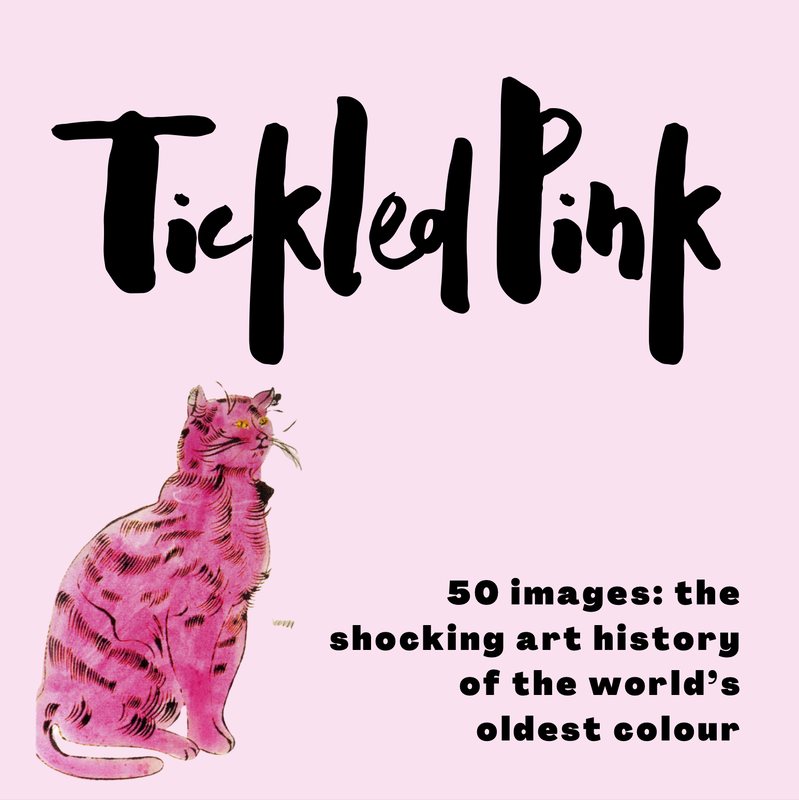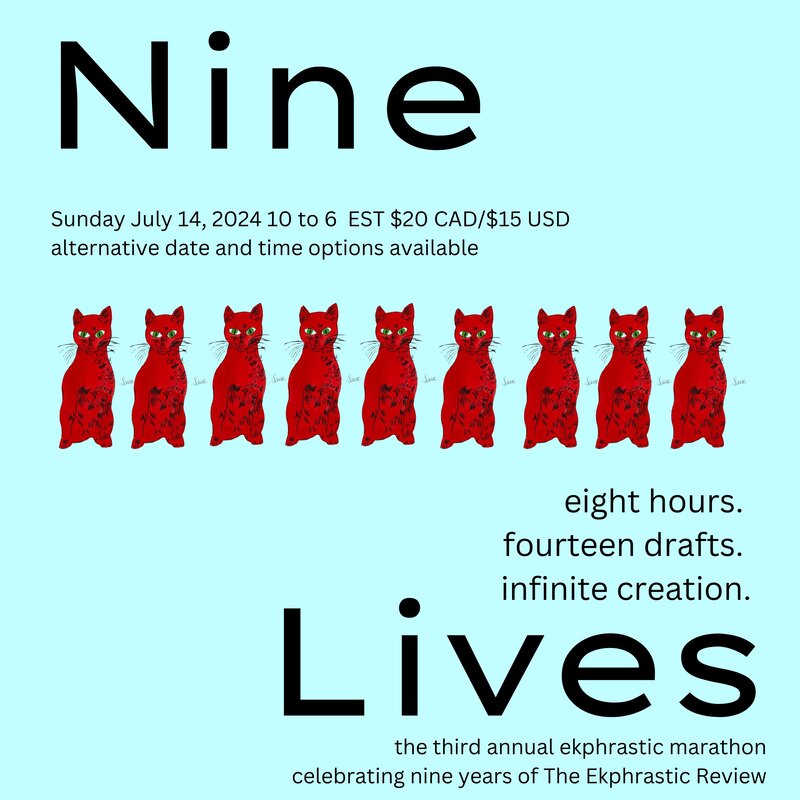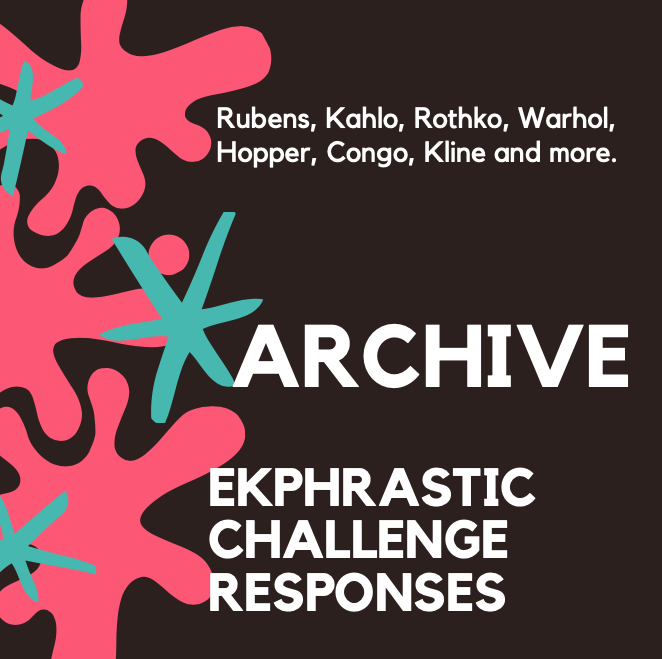|
0 Comments
Sunflowers
(after Van Gogh) The sun spoke in his ear wheeling fire. The sun grinned in his face breaking cheek bones. Taut skin gave. The sun stroked his head his yellowing hair. His cranium bleached all summer long before sprouting tiny white fibres. Fed by waterblue eyes the roots matted, mapped new links to earth. Succulent, adapted to the erratic impossible union. Water and fire. Pushing up Sunflowers Penn Kemp An earlier version of this poem appears in Penn Kemp's book, Travelling Light. London ON performance poet, activist and playwright Penn Kemp is the 40th Life Member of the League of Canadian Poets and their 2015 Spoken Word Artist of the Year. As Writer-in-Residence for Western University, her project was the DVD, Luminous Entrance: a Sound Opera for Climate Change Action, Pendas Productions. Her latest works are two anthologies for the Feminist Caucus Archives of the League of Canadian Poets and the Guild of Canadian Playwrights, to be launched at the Writers’ Summit at Harbourfront in June. Forthcoming is a new collection of poetry, Barbaric Cultural Practice and a play, The Triumph of Teresa Harris. www.mytown.ca/pennkemp Giovanni Paolo Lomazzo’s Self Portrait Giovanni Paolo Lomazzo (1538-1600) A painter until blindness forced him to lay down his brush at the age of thirty-three His work had the quality of vaghezza vagare to wander to charm in order to figurate. His theory was a Renaissance form of pantheism all living things animated by the same breath Pagan renewal Self-fashioning in the guise and attitude of Bacchus The sylvan academicians welcomed Lomazzo into their club the brotherhood of the Accademia della Val di Blenio Dressed in the garb of a shepherd the watering can, a golden escutcheon attached to his hat a kind of emblem denoting the golden quality of wine and song Is this an ironic stance? No doubt. A scholar, an artist, a theoretician a gardener, a man between worlds. The artist is not a director but rather a magician conscious that the universe is governed by natural laws which at times seem arbitrary. Such a universe is made visible through the figuration of one’s own likeness. Carol Barbour Carol Barbour is a poet, visual artist and curator. Her work has been published by Transverse Journal, Sein und Werdun, The Fiddlehead, Toronto Quarterly, Impulse, and Matriart. She holds an MA in art history from University of Toronto and an AOCA from the Ontario College of Art. A collection of poetry is forthcoming from Guernica Editions. Collage, Electronica, and the Meaning of Life
When electronic music first came out, there was a big-to-do over its legitimacy. Detractors grumbled that it wasn’t “real” music since there weren’t any instruments. Others dismissed its pastiche sensibilities, denouncing the very idea of sampling previously recorded music to make new songs. I had other ideas about it. Clearly, the technological devices used to make it were “real” musical instruments, in my mind, even if they didn’t look like a French horn or didgeridoo. I didn’t foresee the annihilation of the symphony or opera. I saw instead a whole new art form, an expansion rather than a reduction. I went so far as to call it the “new classical.” It was a universal tongue, without lyrics. It had the power to create emotions in any language. And as for sampling, hadn’t humans been doing cover versions of the Eagles since kingdom come? Using a killer beat phrase to build a song, or mixing new life into an old classic was homage of the highest kind. Suing some poor unknown DJ who mixed your beats in his basement was kind of missing the point. And the point is this: there is nothing new under the sun. Perhaps it was easier for me to understand the whole sampling idea because I was a collage artist. Until recently, thanks to the Internet, collage has been slow to earn formal recognition as a legitimate medium of creativity. By definition, it depends on “sampling.” Too many museums and galleries view us as vampires. Our inspiration depends on dismantling and deconstruction and reconstruction. In this view, we are not originators- we are thieves. To get around the scary world of copyright infringement, some collage artists work exclusively from imagery found in the public domain. There are catalogues available specifically for us. To me, this defeats the purpose of using the whole world as my palette. Limiting the scope of collage to a set of predetermined images negates the meaning of the art. It betrays the divine spark within collage, which is the idea that anything can grow into something new, or say something other than what it said before. To think the collagist is trying to pass off a Renoir or a modern Revlon ad as his or her own work indeed misses the point entirely. And once again, the point is this: there is nothing new under the sun. But what does that mean? Surely there is plenty new under the sun. When the depressed preacher wrote those words in the Old Testament’s book of Ecclesiastes several thousand years ago, he was already witnessing things that had never been seen before. And since then, clearly, we have advanced technologies; we have millions of works of literature; we have digital photography; we have Michael Jackson and state of the art hospitals and Tampax and cola. Well, yes. And everything “new” is made from something else. Everything created is inspired by something else. Inspiration itself has to come from somewhere, and “studying” is nothing more than learning something that someone else has discovered or put together. And at the very base of it all, there is a world of subatomic particles and in the beginning and in the end, every living and every dead thing and all the air and the dirt are all made of the same stuff. Like pigments and materials, the collage artist considers everything in the world around her to be a building block, whether a snippet of texture or a preformed concept. If so much can be made from three primary colours, how much can be made from everything! More, to remove one element from a whole means a new focus, a new way of seeing. To remove one element from a whole and combine it with other elements is invention, the mother of progress and civilization. Perhaps this is too metaphysical to accurately describe a collagist’s creative process. Collage means “to glue” after all, from the French “coller.” It means tearing words and images from somewhere and gluing them somewhere else; it does not mean lofty gobbledygook jargon about science, God, and the meaning of life. Still, what a collage artist does is take pre-existing elements to form something else. He manipulates the meaning of those elements by placing them in new contexts. This is what an artist does, or any artist for that matter. From an assembly of elementary particles, he creates ways of seeing. He invents solutions for problems. He looks with fresh eyes; he juxtaposes disparate elements. He singles out a specific element, or he jumbles many together. Something may come of nothing, or nothing may come of something. Some are to be thrown away. Some are jolting. Some are exquisite. “Emphasizing concept and process over end product, collage has brought the incongruous into meaningful congress with the ordinary,” Diane Waldman wrote in an essay on collage for the Guggenheim Museum. “…Collage served as a surrogate for the subconscious.” It always bothered me when someone said an electronic musician was just a wannabe who didn’t have the ability to sing or play an instrument. I saw her instead as someone who had circumvented such archaic limitations. Creativity is the birthright of everyone. It is the very meaning of life, isn’t it? It is what we do, taken even from a purely biological standpoint. Collage, for me, is the mother of all outlets, the natural result of artistic inquiry. It is unlimited in possibility, whether we are talking about possibilities in aesthetics, texture, colour, composition, or message. Collage requires engagement with everything else in the world. I think in random juxtapositions, not only when I’m holding my little pink scissors, but when I’m troubleshooting or inventing games for my nephews. I see in contrasting colours, in textures, and so my ordinary experience every day in my city is transformed into a visual extravaganza. I jot down words overheard- they find their way into my writing, into my art. The way I see the world is collage, and that informs even my interests. There’s no such thing as “uninterested.” I have learned through collage the value of everything, the range of emotions and creation and experience. I want to know everything and everyone. Through collage, I merge my conscious desires and manipulations with unconscious memories and meanings. In this way, collage removes the artificial gap between art and living. Lorette C. Luzajic This essay was originally published in 2011 at Art Nectar. Lorette C. Luzajic is a mixed media artist working with collage, paint, text, photography, and creative writing. Visit her at www.mixedupmedia.ca. The Autopsy
You hold her heart up like a piece of ripe fruit plucked from a living tree, or a gem whose facets you want to study in good light. But that heart is no more than an empty pump dissected out of her open chest, where the only wound visible is the one you made. A wound that does not bleed though the body may sigh and leak as you investigate, the mottled flesh remains inert, opaque. You may touch her, turn her, open her secret recesses and study all her parts with meticulous attention, but she will not notice, will not give you more than her absence, and there’s nothing left here nothing at all to tell you where she’s gone. Mary McCarthy Mary McCarthy has always been a writer, but spent most of her working life as a Registered Nurse. Her work has appeared in various on line and print journals, including Gnarled Oak, Earth's Daughters, and Third Wednesday, and she has been a Pushcart nominee. Two Women Every “can’t believe SHE is YOUR sister” spikes acid through my veins. Shouldn’t my little sister shadow me, copy my moves? Not her. She arrived an adult, no, a presence, wrapped in a precious, doll-sized body. As she grew, I faded. I pretended she wasn’t there, even while crouching at key holes, trying to make sense of her – the strut, the here I am! tsunami when she enters a room. Surely she can’t wear lit candles in her hair, but I see them. Others just see the glow. Alarie Tennille Alarie Tennille was born and raised in Portsmouth, Virginia, and graduated from the University of Virginia in the first class admitting women. She became fascinated by fine art at an early age, even though she had to go to the World Book Encyclopedia to find it. Today she visits museums everywhere she travels and spends time at the Nelson-Atkins Museum of Art in Kansas City, Missouri, where her husband is a volunteer guide. Alarie’s poetry book, Running Counterclockwise, contains many ekphrastic poems. Please visit her at alariepoet.com. Ode on James Rosenquist's Lanai (1964)
Deck your canvas with peach yolk candy set prostrate, impala. You cruise blue hue through sexpink taffy; Drink Lemon-sky on downside with our loud wide fancy. Too true (true), of well-crude minds… to pencil-rind erasure, happy. What silver-spooned smooth oil looms America's Ticonderoga, sweet-thirst empirical—Bathing? Hands begging to a cool sip for each missing mouth. Jeremy Casabella Jeremy Casabella lives in Bakersfield, CA where he teaches part time. He writes short stories, poetry, and pwoermds. His most recent poems have appeared in Eclipse Literary Journal and Shot Glass. His pwoermds are featured in the anthology The Secrets of the Universes in a Single String of Letters, from Xexoxial Editions and @JCasabella1 on Twitter. Salome
Pinkie out, my mother told me. Head held high, my posture warned me. Toe pointed, my teacher clamoured. Hair curled, my iron ordered. Cheeks blushed, my body instructed. Lips pursed, my femininity plotted. Black shines, my skirt clinked. Translucent, my legs peeked. Just ask, my father told me. Smile slyer, my body panted. Blood shines, my mother muttered. Silver and hair, the head uncovered. Daniela Chamorro Daniela Chamorro is a Nicaraguan writer, currently studying creative writing in Florida. She enjoys smart dialogue, magical realism, and chocolate. |
The Ekphrastic Review
COOKIES/PRIVACY
This site uses cookies to deliver your best navigation experience this time and next. Continuing here means you consent to cookies. Thank you. Join us on Facebook:
Tickled Pink Contest
April 2024
|
